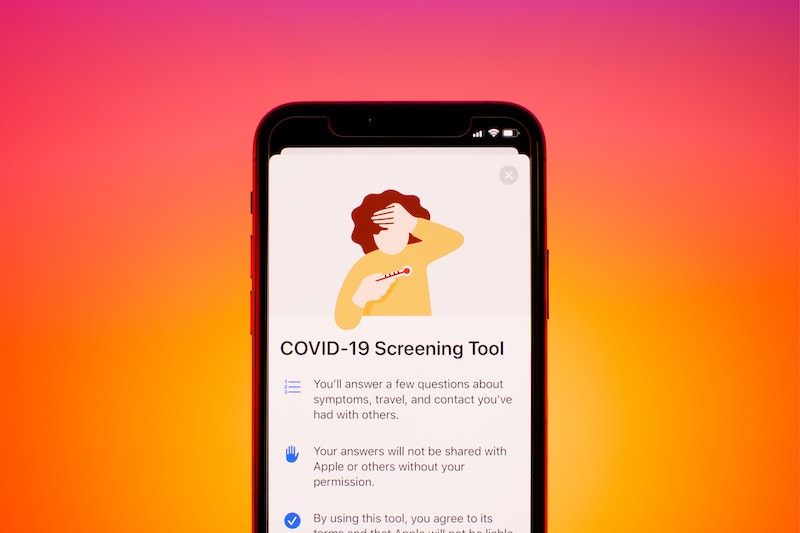7 Steps to Communicating in Ongoing Uncertainty
As a crisis communications expert, I’ve often said, “How you communicate in the first minutes and seconds of a crisis will determine your success or failure managing through it.” While that still holds true for an average crisis, communicating during an extended black swan event like COVID-19 has changed the rules of the game.
Leaders, especially those in essential businesses, are carrying so much more than just a full plate. This has now transitioned into the entire buffet weighing on their shoulders every day. From managing expenses and bottom lines to worry about the health and safety of employees, executives now face decisions on current and future staffing with layoffs or furloughs on the table. This adds tremendous pressure while also trying to be their company’s cheerleader. No one considers that sometimes what they really want to do is throw a blanket over their head and scream, “Leave me the $*#& alone!”
Then the news comes in. One of your employees tests positive for COVID-19. How do you communicate that message in an authentic and informative way without causing more distress and panic among workers?
- Get the Facts. If you have an internal crisis team (consisting of the key personnel including managers, IT, HR, communications, legal, etc.) call them together and review the latest developments. Ask questions and ask the right ones.
- Who was informed that this employee tested positive?
- When did this happen?
- When was the person tested?
- Why was the person tested?
- Did he/she come into contact with someone else who had or was suspected of having COVID?
- Structure and Define. What’s the best way to disseminate the message? Clients I’ve counseled in this situation often issue a personal call to their employees who may be affected. Typically, there’s a follow-up call with an “All Hands” memo or email.
- Lead with Empathy. I usually recommend that you start your memo with “To our valued employees” or “To our (company name) family.” I have some difficult, yet expected news to share…” Think of telling your dear friend or loved one this news. How would you start?
- 4W Response. Tell them what they need to know before they ask using the 4W’s: Who, What, Where, When. You can also add the “Why” and “How” if you have those answers (assuming it’s not HIPPA protected confidential information). If you don’t have those facts, stick with the 4W’s: “Today I was informed that one of our employees in the X Division tested positive for COVID-19.” Ok, now the big question: WHAT are you doing about it? “We have closed the department for 48 hours and brought in industrial cleaners to fully sanitize the area. All employees who have come into contact with that individual have been notified and are self-quarantined at home and are undergoing testing for the virus.” Also remind them about your company’s existing policies masks, CDC guidelines for social distancing, and frequent handwashing recommendations among other policies that may be applicable.
- Anticipate and Answer. Expect that every sentence you write will generate more questions. In this scenario, typical questions from the workforce may include:
- Am I safe at work?
- If my division is closed and I have to wait for a COVID test before returning, will I be paid while the building is closed?
- Have there been any other cases?
- Do I have to come to work?
- What if after robust sanitation, I don’t feel safe? What are my rights?
Be sure that your communication addresses the most important concerns that will be raised to avoid confusion or additional questions.
- Express Gratitude. Tell them how grateful you are that despite these difficult and uncertain circumstances, they show up to work every day. If you are an essential business, it’s often a good idea to explain why your operations are critical to the health and wellbeing of our country’s people, the economy, and most importantly, their health.
- End in Leadership. Now is the time to close with a strong statement. “We will get through this – together.” “We will beat this with our collective strength and vigilance” or“We’re here to support you and if you need additional support from us, please reach out…”
The Chinese have two brush strokes for the word crisis. One means danger, and the other, opportunity. True leaders understand that effective communication balances the two strokes – understanding and defining the danger while recognizing the opportunity to change their impact on your audience.
If you’d like a template for an employee testing positive for COVID-19, email info@goodwin-consulting.com and we’ll send you one to customize.

